Best Practices
Global Citizenship Education – Teach to Transform
Creating Empowering Learning Spaces and Building a Community of Change Makers
By Rajvi Trivedi (Director, Sattva- A Space for Lifelong Learning and Performing Artist)
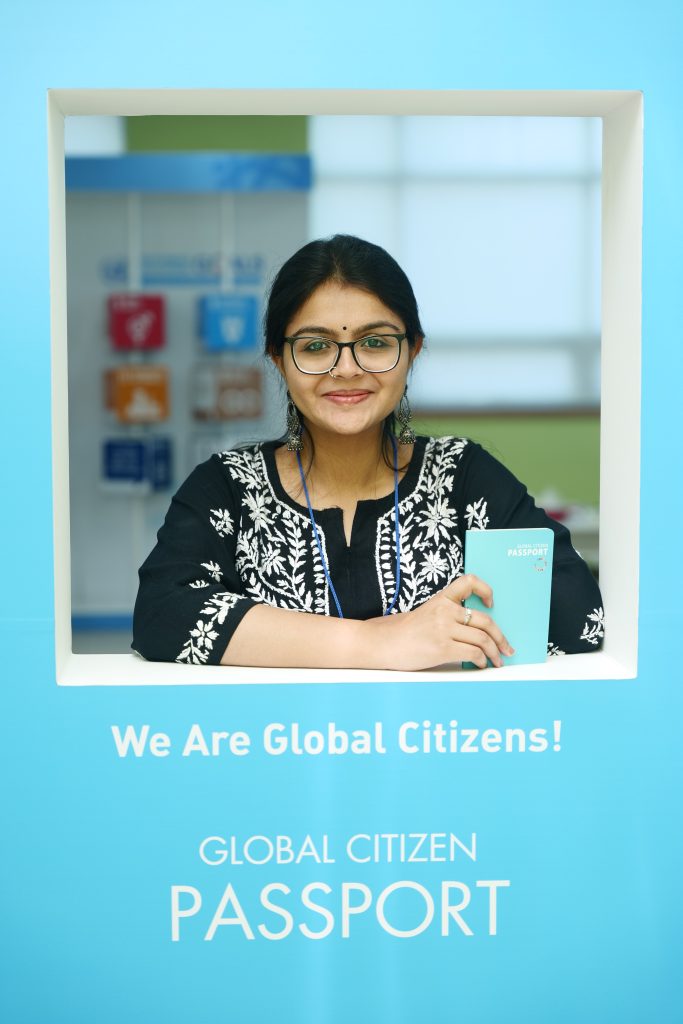
The world is getting increasingly interconnected and is developing greatly in the spheres of science, medicine, and technology. Despite the development, humankind is faced with some intimidating challenges including, poverty, population explosion, climate change, discrimination, violence, depletion of resources, and various others. Researchers, educators, practitioners and other stakeholders have highlighted the need to urgently respond to the challenges of the current society.
It is crucial that schools, colleges and other educational institutions across the world take the initiative to educate for a happier and more sustainable world instead of focusing singularly on transferring information to the learners. It is time that the existing systems go beyond marks, syllabus, and degrees to develop thoughtful citizens. Researchers are in consensus about the idea that global citizenship education (GCED) is imperative to develop the required knowledge, skills and attitudes among the learners of 21st century and also to respond to the crises of the context we live in. We need to develop global citizens today who have critical literacy, who feel connected to the larger community of humans and who are willing to take actions for a just and inclusive world.
GCED in India
GCED is gradually becoming more visible in the Indian educational context. The National Education Policy 2020 spells out that global citizenship education should become an integral part of the education system. On the other hand, one also finds that GCED is viewed as an idea coming from the west, and therefore the resistance to its integration in the curricula and its implementation. Rather than being entangled in the debate about the definition of GCED, it is important to understand the essence and contextualise it according to the needs of the Indian society. Given the context, it was crucial to take GCED to the teachers in India, the ones who will be shaping the future generations.
Introducing GCED – Teach to Transform
Guided and supported by UNESCO APCEIU and Habi Lab, I was able to design and implement a workshop for introducing teachers to the idea of global citizenship education. I conducted an offline workshop on 20th June 2022, with 30 pre-service teachers in Bengaluru, India. This workshop was conducted with pre-service teachers because they will be soon stepping into the classroom, and it is necessary that they understand the context we live in and the kind of education that is needed to address the challenges we face. The workshop began with a discussion about what are the perceptions of the trainee teachers regarding the challenges we are facing in the present context and what is that one thing they want to solve through their work, in their classrooms.
The trainee teachers did their research about the issues we are facing, made their charts and presented to others. Then they were introduced to the idea of global citizenship education and its relevance in the present context. As a part of the workshop, the participants learnt about the need to shift to transformative pedagogies and also created their own short lesson plans integrating GCED with their own specific subjects including Mathematics, Science, English and Social Sciences.
The participants were introduced APCEIU, the courses and resources available on GCED online learning campus through this workshop. They also played GCED boards games and solved worksheets which made the process engaging.
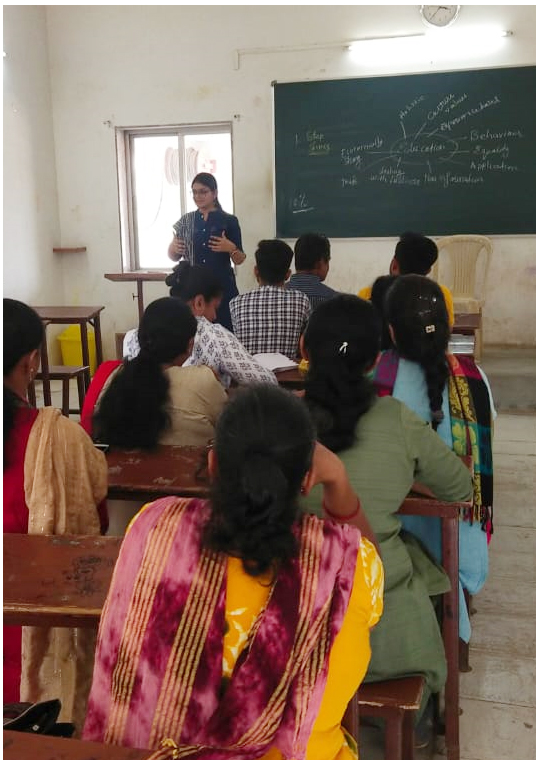
The Space and the Pedagogy
The entire workshop was designed keeping in mind the learner’s perspective. We made sure that teachers felt safe and engaged in the learning process. The space for the workshop was such that there was differentiated sitting, the participants could decide how they wanted to sit and be. The workshop started with classroom contracting and we decided the guidelines of the workshop together instead of a teacher imposing those on the learners. The workshop was entirely activity based so that the participants felt connected and engaged. We included think-pair-share, board games, chart and poster making, role plays and other such activities. This was a safe space for them to share their thoughts, feelings and ideas. They were not restricted by their language, English speaking skills or any other fear of being judged.
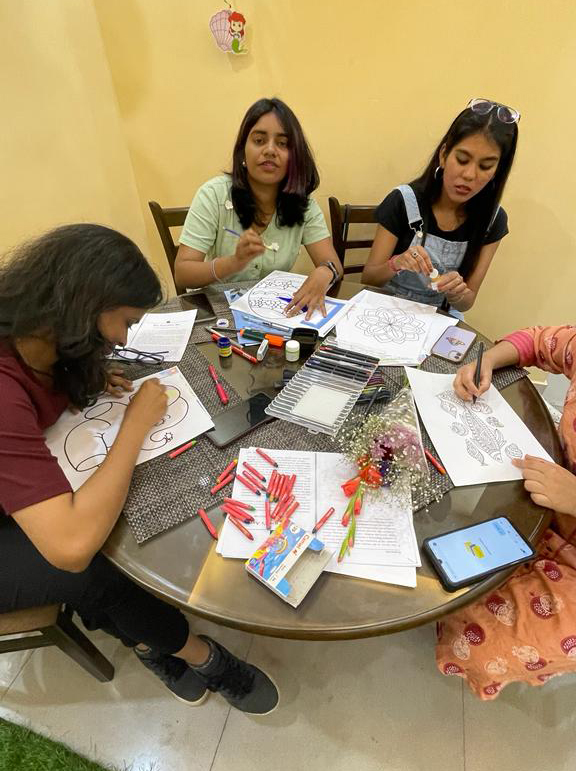
This encouraged them to think about the kind of learning space they wanted to create as educators. In the feedback, the participants mentioned that they really felt connected to the learning process, and they felt motivated to take these ideas to their classrooms. The participants mentioned that through this workshop, they could see themselves as agents of change, and that as educators they had the potential to bring about a desirable change in the society and that was one of the most important accomplishments. This feedback and the dream to build a community of change makers encouraged me to come up with this educational project titled, Sattva- A Space for lifelong learning.
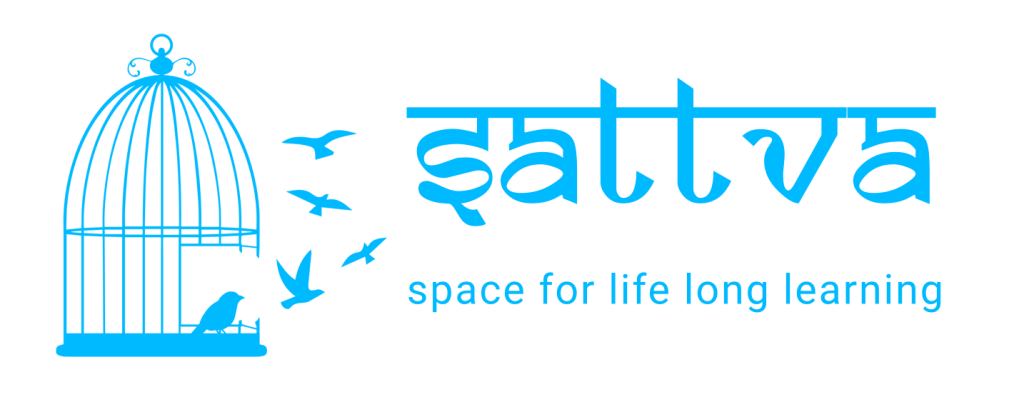
Sattva – A Space for Lifelong Learning
The project Sattva was launched with an aim of creating an informal learning space outside of the four walls of the classrooms. At Sattva, we are committed to nurturing well-rounded individuals who are not only knowledgeable but also compassionate, creative, and engaged citizens.Our aim is to go beyond academics and focus on the overall development of students.
We intend to shift from conventional ways of teaching and make learning fun and engaging. We provide transformative learning experiences and allow children to blossom into beautiful human beings. At Sattva, we provide variety of learning experiences including those in an online set up and those in offline. In online classes we have worked with children on their skills, including reading, communication, critical thinking, creative thinking and others.
In offline set up, we conduct sessions in cafes, open spaces, art studios and others wherein we engage with the youth and the adults and spread awareness on a diverse range of topics. We also focus a lot of teacher training, for teachers have a lot of potential to bring about a change through their classes.
Dialogue on Documentaries
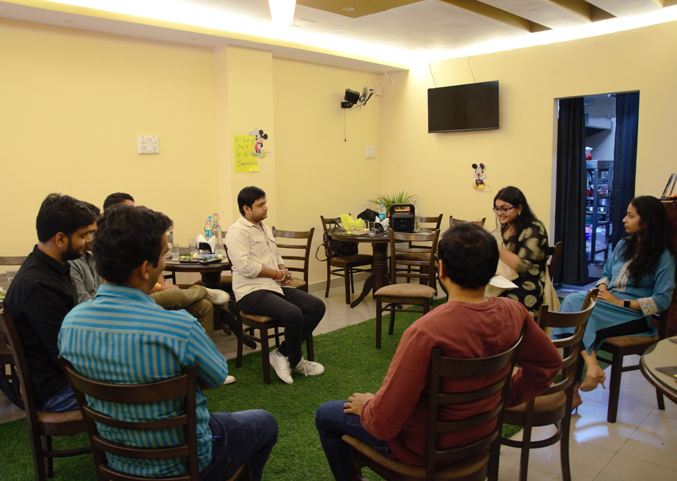
An informal learning space provides more opportunities for learners to explore and express their thoughts freely. Learners come to these spaces for experiences that will help them grow and not for marks or certificates. The major idea here is to create a safe, happy and empowering space where the facilitator and the learners can grow together. These sessions start with some movement, music or brainstorming activities, some team building activities so that learners feel connected. This is why we conduct sessions in different kinds of informal spaces.
Guided and supported by SIMA Academy and APCEIU UNESCO, I was able to complete the course titled The SDG Challenge: Advancing Media Information Literacy and Global Citizenship through the Power of Film. This course helped me a conduct a series of dialogue on documentaries events in formal and informal learning contexts. We have screened multiple films in different contexts. These documentaries introduce students to some of the burning issues, and important questions and push them to critically think about the issues.
From gender quality to education and from sustainability to migration, we have attempted to screen documentaries on some major global issues. Learners usually watch the documentaries, make a note of their thoughts and feelings and then in groups work on advocacy plans wherein they think about how they can solve these problems. This experience helps learners become more aware, and sensitive and also allow them to think about solutions. Whether formal or informal, this kind of learning experience was something that students really enjoyed and they wanted to come back to it. They also could relate with the media that was more real and grounded. In this context, films created a bigger impact than any textbook. Through these events, we have reached out to more than a hundred students. Learners not only become more aware and sensitive to the issues, but also develop critical thinking and problem solving skills.
Art & Heritage Integration
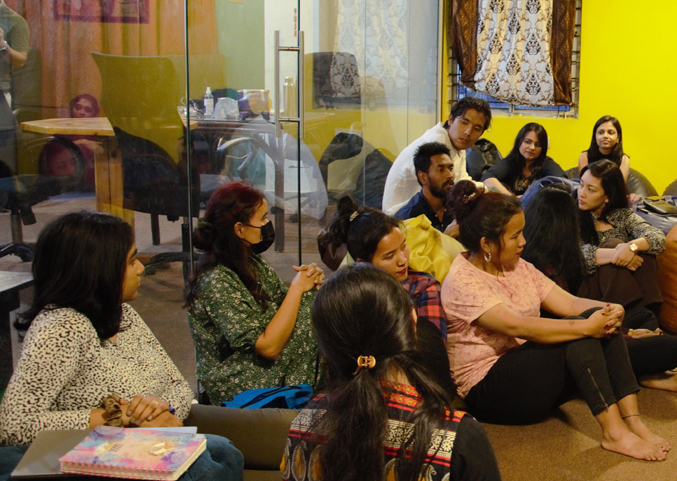
Art can be a wonderful way of creating an impact on people’s mindsets and feelings. At Sattva, we always try to integrate art into our events, whether visual or performing art. One of the examples is how we celebrated the world happiness day. The lesson included the use of ghazals (Hindi/Urdu poems) to understand happiness and internal peace.
We wanted to understand different perspectives on happiness and acknowledge internal peace and happiness as important pursuits rather than singularly focusing on materialistic happiness and pleasure.Listening to ghazals and writing ghazals is connected with emotions and these activities help students understand and manage emotions very well and thus, it is connected with Socio-emotional learning (SEL).
Being aware and being open to varied perspectives is an important element in GCED and thus the class is connected with GCED. This event promoted the element of heritage and also connected with ideas of GCED. We also include movement, dance, role plays, and other art forms at sattva events because they make our classes interesting, and they also have a long-lasting impact.
Reflection and Way Forward
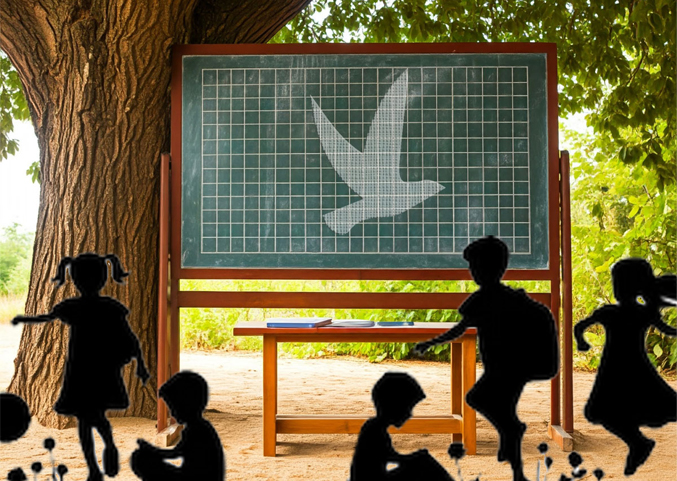
To develop an informal learning space and to change people’s mindsets has not been an easy task. We still are a part of the system that is driven by cut-throat competition and pursuit of wealth and resources. Through Sattva, we intend to promote global citizenship and transformative education and change the way learners learn.We continue to walk on this rewarding, yet challenging path and contribute to the betterment of the society at large.
“ That while we sit under the shade of a banyan tree and learn together, I hope my students come and learn with joy, that they are not bound by rules of attendance, they feel internally motivated to learn; they are not just listening to me, but actively involved in the discussions and discovery of things; that they will come to question, challenge, explore and grow; they shall stive to become global citizens and give back to their community, and together we will act for a more sustainable and peaceful world.”



